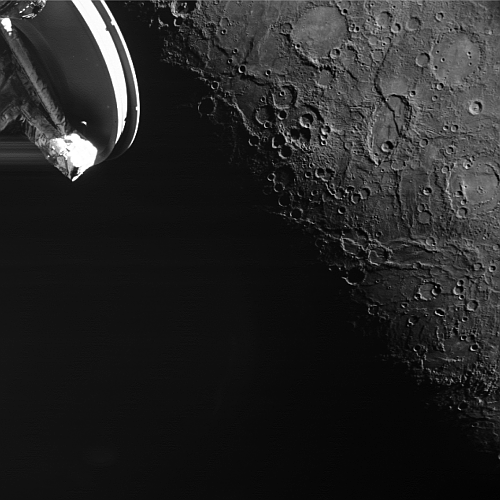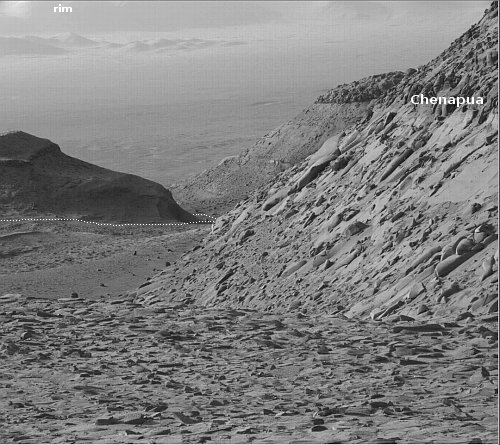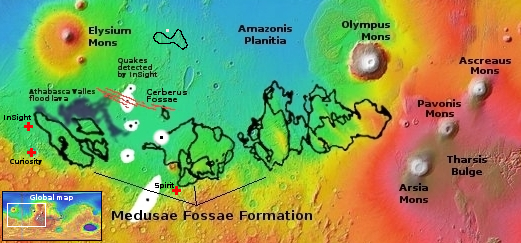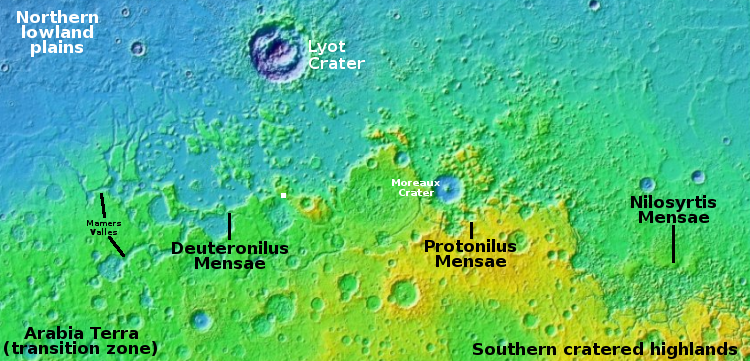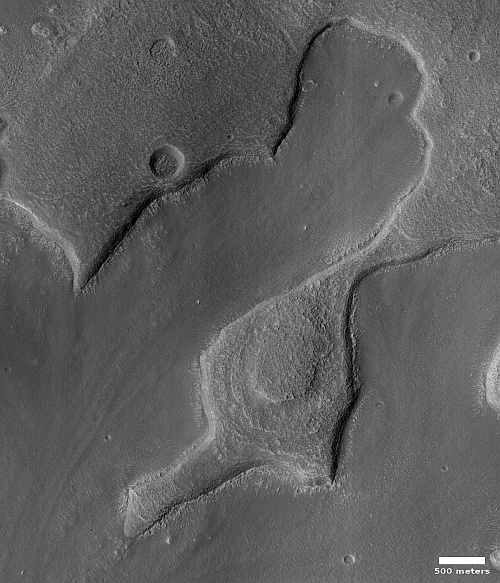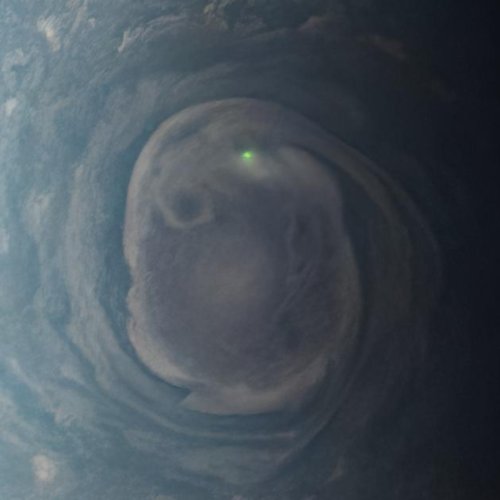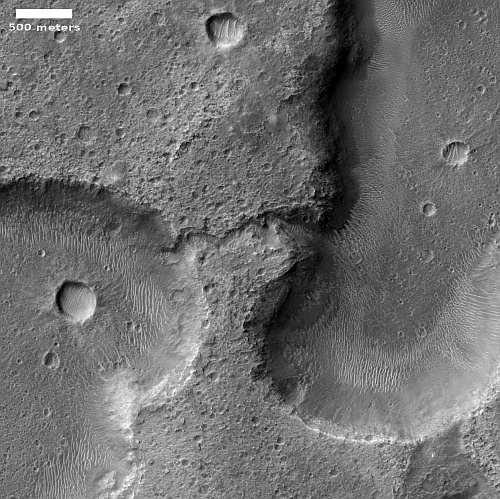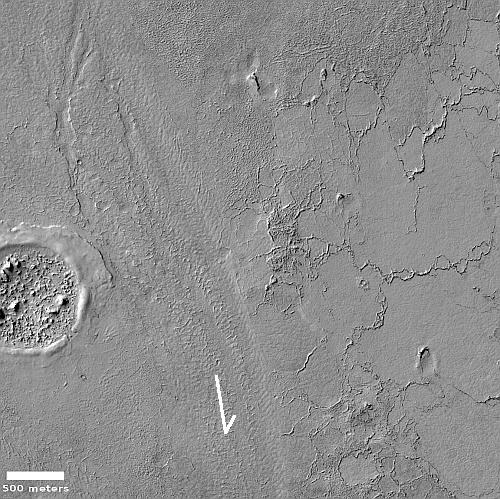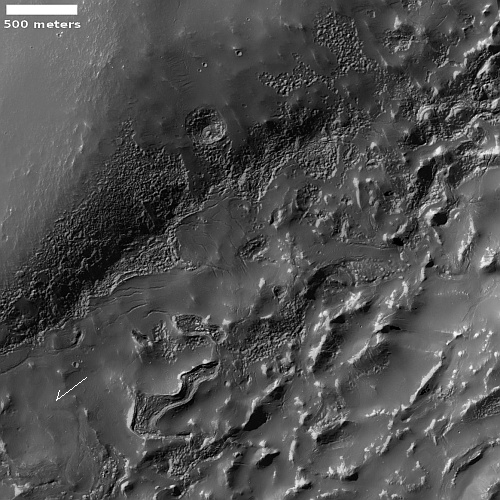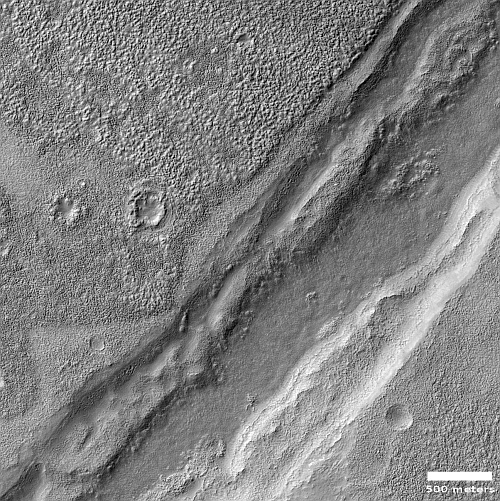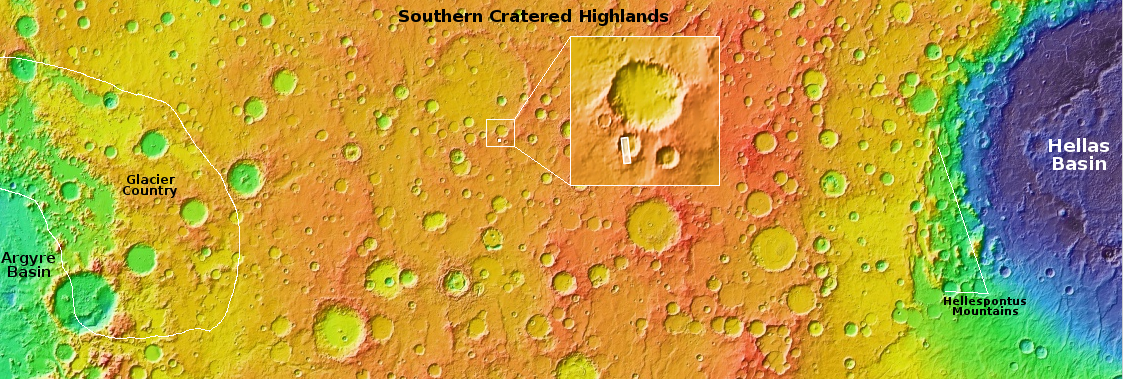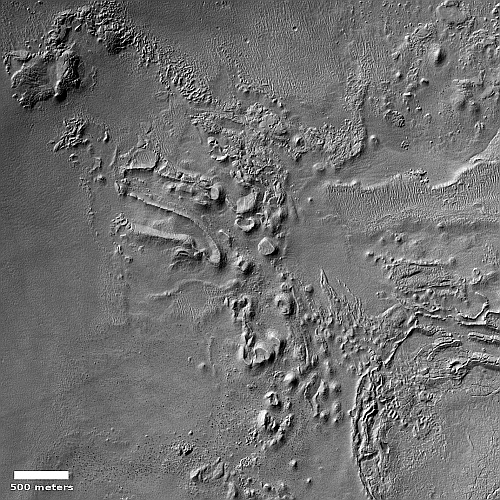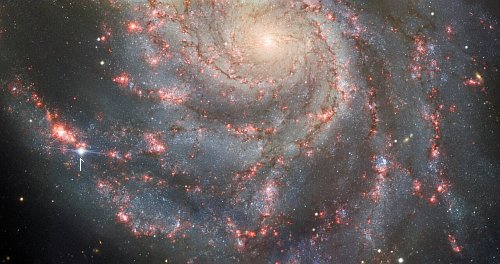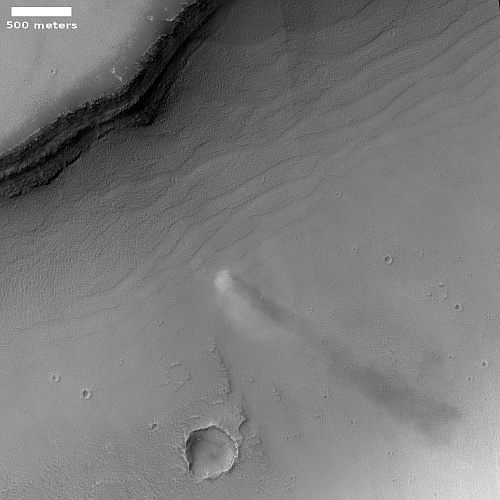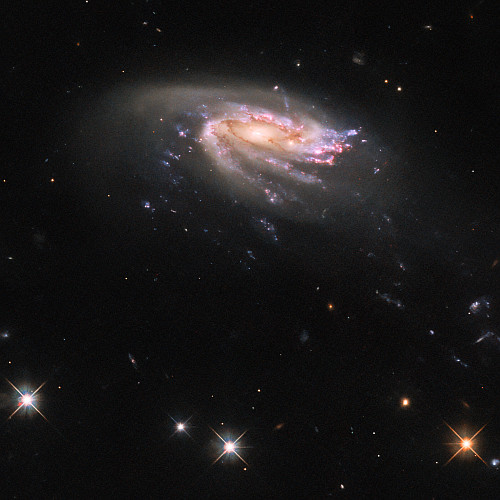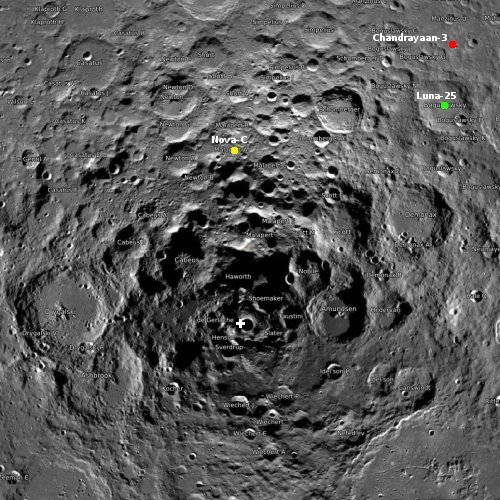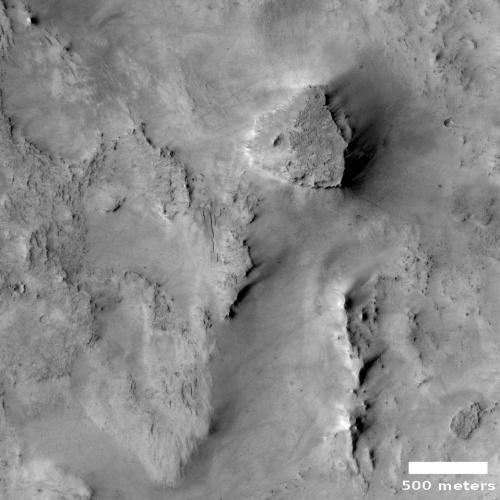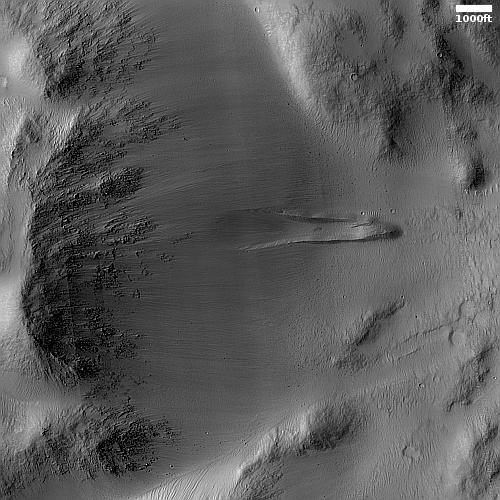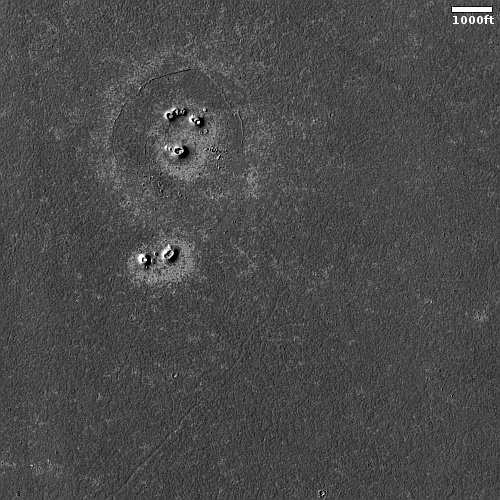BepiColumbo completes third Mercury flyby
On June 19, 2023, the European Mercury orbiter BepiColumbo made the third of six planned flybys of Mercury on its way to orbit around that planet in 2025.
The closest approach was only 146 miles above the planet’s surface. Though no pictures were taken at that point because it was Mercury’s night side, as the spacecraft moved away it used one of its monitoring cameras, designed primarily to monitor the spacecraft itself, to look back at the planet. The picture to the right, cropped, reduced, and sharpened to post here, is one of the first taken. From its caption:
The image was taken at 19:49 UTC (21:49 CEST) by the Mercury Transfer Module’s monitoring camera 3, when the spacecraft was about 2536 km from the planet’s surface. Closest approach took place at 19:34 UT (21:34 CEST) on the night side of the planet at about 236 km altitude. The back of the Mercury Planetary Orbiter’s high-gain antenna and part of the spacecraft’s body is also visible in front of Mercury in this image.
Despite the dark nature of the image, several interesting geological features are seen in beautiful detail. Of particular interest is Beagle Rupes, a 600 km-long scarp that snakes over the surface. In this view it is seen cutting through a distinctive elongated crater named Sveinsdóttir, which likely got its shape from an impactor striking the surface at an angle.
The next flyby will occur on September 5, 2024.
On June 19, 2023, the European Mercury orbiter BepiColumbo made the third of six planned flybys of Mercury on its way to orbit around that planet in 2025.
The closest approach was only 146 miles above the planet’s surface. Though no pictures were taken at that point because it was Mercury’s night side, as the spacecraft moved away it used one of its monitoring cameras, designed primarily to monitor the spacecraft itself, to look back at the planet. The picture to the right, cropped, reduced, and sharpened to post here, is one of the first taken. From its caption:
The image was taken at 19:49 UTC (21:49 CEST) by the Mercury Transfer Module’s monitoring camera 3, when the spacecraft was about 2536 km from the planet’s surface. Closest approach took place at 19:34 UT (21:34 CEST) on the night side of the planet at about 236 km altitude. The back of the Mercury Planetary Orbiter’s high-gain antenna and part of the spacecraft’s body is also visible in front of Mercury in this image.
Despite the dark nature of the image, several interesting geological features are seen in beautiful detail. Of particular interest is Beagle Rupes, a 600 km-long scarp that snakes over the surface. In this view it is seen cutting through a distinctive elongated crater named Sveinsdóttir, which likely got its shape from an impactor striking the surface at an angle.
The next flyby will occur on September 5, 2024.

